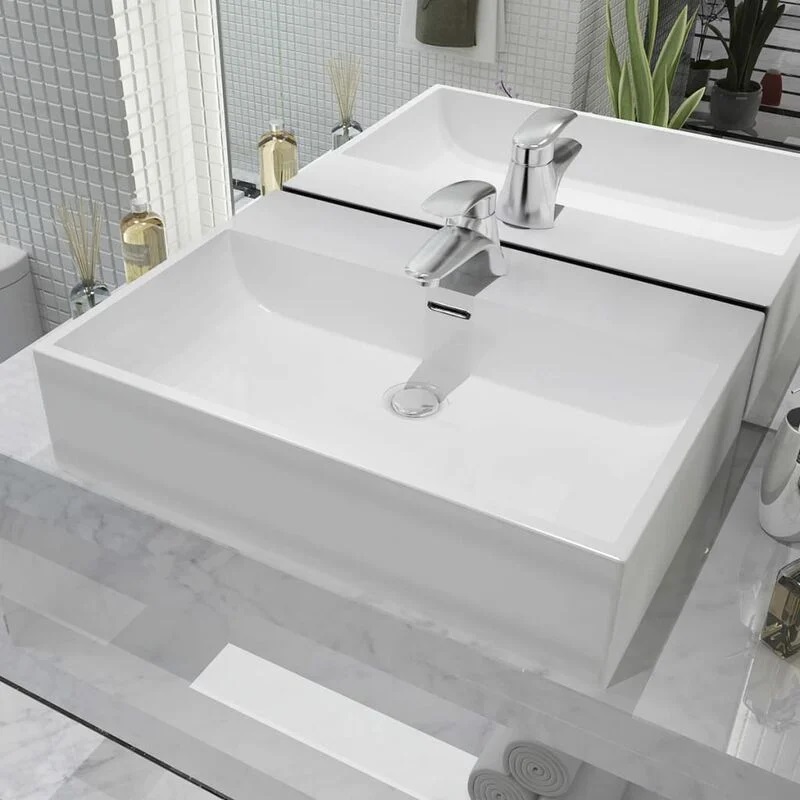The bathroom sink, also known as the washbasin or lavatory, is an essential fixture found in almost every household and public restroom worldwide. Over the years, bathroom sinks have evolved from simple functional installations to becoming an integral part of modern interior design. This comprehensive article delves into the history, design, technological advancements, materials, and environmental considerations related to bathroom sinks. By exploring these aspects, we aim to illuminate the significance of this often overlooked yet indispensable component of our daily lives.
Introduction
Brief overview of the bathroom sink’s purpose and significance
Importance of personal hygiene and sanitation
Historical Evolution of the Bathroom Sink
Ancient civilizations and their bathing practices
Origins of the bathroom sink
Early designs and materials used
Influential breakthroughs and innovations
Functional and Design Considerations
Basic components of a bathroom sink
Different types of bathroom sinks (wall-mounted, countertop, pedestal, vessel, etc.)
Ergonomic considerations for optimal user experience
Design trends and aesthetic considerations in modern bathroom sinks
Technological Advancements in Bathroom Sink Design
Introduction of water-saving features (low-flow faucets, dual-flush mechanisms)
Touchless or sensor-operated sinks
Integrated smart features (temperature control, voice activation, etc.)
Materials Used in Bathroom Sink Construction
Traditional materials (porcelain, ceramic, stainless steel)
Modern materials (glass, natural stone, concrete, etc.)
Pros and cons of various materials
Sustainable and eco-friendly options
Installation and Maintenance
Sink installation process and considerations
Tips for proper maintenance and cleaning
Common problems and troubleshooting
Accessibility and Inclusive Design
Importance of universal design principles in bathroom sink accessibility
Accommodating people with disabilities or limited mobility
Consideration of height, reach, and clearance requirements
Cultural and Social Significance
Role of bathroom sinks in daily rituals and personal care routines
Impact of bathroom sink design on overall bathroom aesthetics
Cultural differences in bathroom sink usage and design preferences
Environmental Considerations
Water conservation strategies in bathroom sink design
Sustainable manufacturing practices and materials
Recycling and waste management considerations
Future Trends and Possibilities
Potential advancements in bathroom sink design
Integration with smart home technologies
Experimental designs and concepts

Conclusion
Recap of the importance and evolution of bathroom sinks
Final thoughts on the future prospects of bathroom sink design
Through this comprehensive examination of the history, design, technology, materials, and environmental considerations related to bathroom sinks, we hope to emphasize their immense significance in our everyday lives. By understanding their evolution and potential, we can better appreciate and contribute to the development of more efficient, sustainable, and aesthetically pleasing bathroom sink solutions.
Note: The word count provided is an estimate and may vary based on the final formatting and content adjustments made during the writing process.






